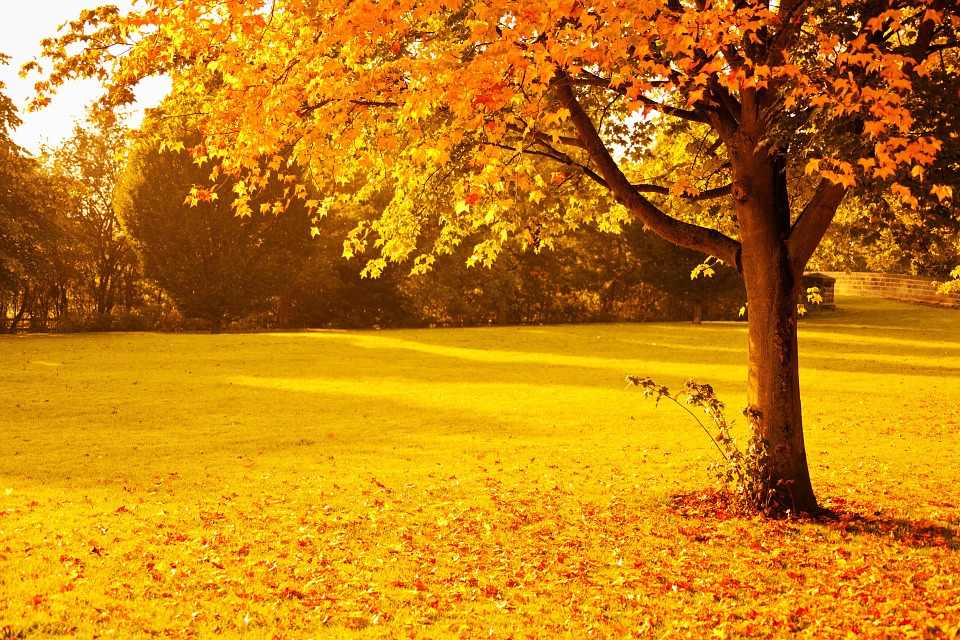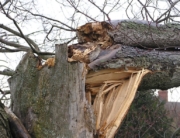How can it be fall already? The weather seemed to change quick this year, but we’ll still have some blue sky fall days ahead. Fall is an excellent time to prune, plant or remove trees. This is also a great time to take a good look at your trees to determine if they need any extra love and care. Remember, your trees are a big asset to your property, and winter IS coming, along with wind, rain, ice and snow – which can put a little more stress on your trees.
Take a little time to look at your trees to see what kind of shape they are in for this winter season. Follow our guide for a fall tree check-up!
Look for dead branches. Before all the leaves turn, look for dead branches, which are often leafless or have very thin leafing. Missing bark or large fungi can also signify a dead, or dying branch. Dead branches that are still attached to the tree can pose a significant hazard from breaking and falling.
Look for extra heavy branches. Even on a healthy tree, very heavy branches (often laden with leaves or fruit) can be dangerous because they cannot bear the extra weight of snow or ice. A good pruning job can take care of those heavy branches.
Check for cracks. In early 2016, we removed one of the largest ponderosa pines in Drake Park, because it cracked, then broke, then rotted, then became a hazard tree. You see what we’re getting at. Cracks are a telltale sign of failing health in a tree. In most cases, it is beneficial to have a certified arborist take a look at a cracked tree.
Identify cankers. Cankers are open sores or dead tissues on the bark of a tree. Small cankers are typically not a problem, but if the canker is more than half the circumference of the tree, it’s time to take a closer look at it.
Assess root heath. Of course, this one is tricky because most of the roots are underground where we can’t see them. Root health can degrade from a few things including poorly installed irrigation, nearby paving, and soil compaction from vehicles or equipment. Note any unusual erosion, bulging or mounds around the root area.
Take special note for your pine trees. Our native ponderosas and other pine species have had a rough few years, particularly with very dry, hot summers. If you can stand a fair distance from your pine, you’ll be able to see if there is any major needle discoloration. Brown needles can signify numerous stressors on your tree, such as beetles, drought and fungus. Take those brown needles seriously. Also check the trunk and bark for a proliferation of beetle holes that could be the result of damaging pests.
Be proactive with your tree health this year, so you and your trees can have a great winter. Call us at 541-480-4223 or shoot us an email for a tree assessment or advice. Until then, pray for snow!
–Mike D.






